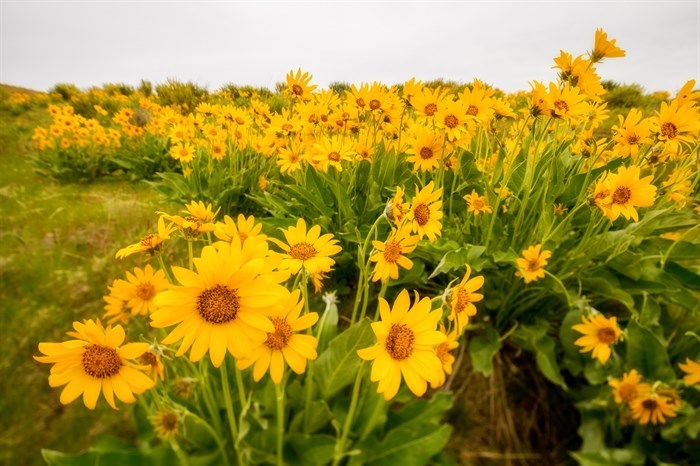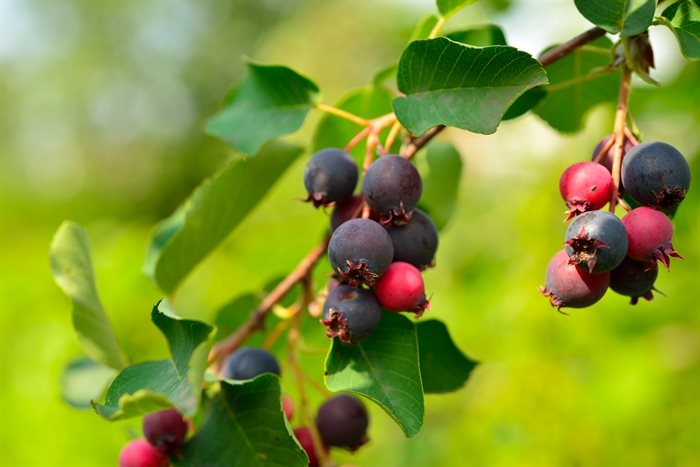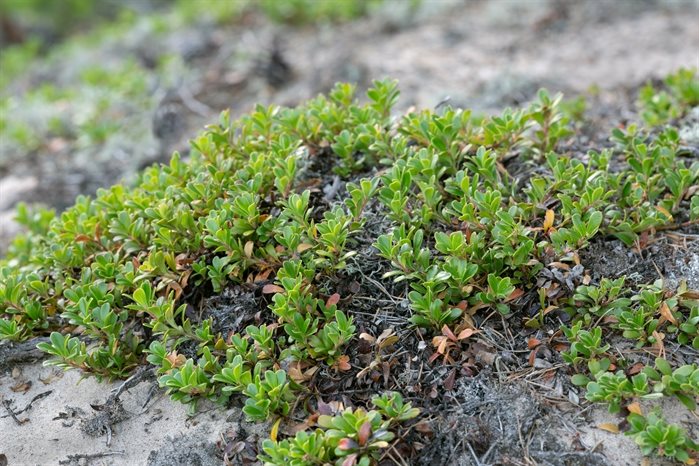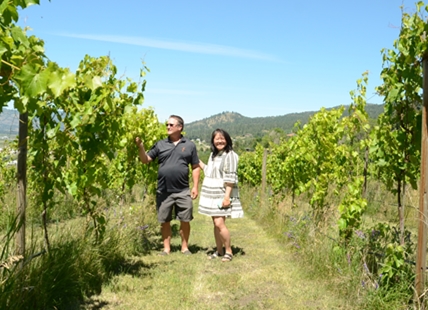The Future of Gardening in The Okanagan: Adapting to Climate Change with Water-Wise Strategies
In the heart of the Okanagan Valley, where the summers stretch long with a fierce, dry heat the importance of water-wise gardening cannot be overstated. With recent trends showing a noticeable increase in temperatures and a decrease in annual precipitation, the accent on sustainable landscaping is more crucial than ever. Native plants, inherently designed to thrive in the region's specific climatic conditions, emerge as champions in creating verdant, resilient gardens that demand minimal water inputs. Make sure you buy your plants from a local nursery, as it is illegal to dig up some of our native plants from the wild.
The Natural Choice for Sustainability
The Okanagan Valley, with its unique ecosystem, offers a plethora of native flora that is adept at surviving the hot dry summers synonymous with the area. These plants have evolved over millennia to adapt to their environment, developing deep root systems that reach far into the earth to access water, and leaves that minimize water loss, making them exceptionally drought tolerant.
Top Picks for Your Garden
- Ponderosa Pine (Pinus ponderosa): Towering and majestic, the Ponderosa Pine is not just emblematic of the Okanagan landscape but is deeply adapted to its dry conditions, offering shade and habitat for wildlife.
- Saskatoon Berry (Amelanchier alnifolia): This hardy shrub not only tolerates drought conditions but offers gorgeous white flowers in spring and delectable fruits in summer, inviting a variety of birds into your garden.
- Okanagan Sunflower (Balsamorhiza sagittata): Exclusive to the dry grasslands of the region, this beautiful sunflower brightens any garden with its large, sunny blooms that are drought-resistant once established.
- Kinnikinnick (Arctostaphylos uva-ursi): An excellent ground cover, Kinnikinnick thrives in dry, sandy soils, requiring little water once established, and offers pinkish-white flowers followed by attractive red berries.
Tips for Gardening with Native Plants
Understand Your Soil: Before planting, assess your soil type and moisture level. Many native plants thrive in poor soil conditions, requiring little amendment.
- Group Plants with Similar Needs: Position plants with similar water and sunlight requirements together to simplify your gardening care routine and maximize water efficiency.
- Mulch Wisely: A generous layer of mulch not only conserves moisture but also suppresses weeds, reducing the need for water and maintenance.
- Allow for Growth: Native plants tend to establish themselves gradually. Give them space to grow to their full size and avoid over planting.
The Reward of Patience
Transitioning to a garden filled with native plants from the Okanagan Valley is an investment in the future. Initially, it may take time for these plants to establish themselves, but the payoff is a resilient, low-maintenance garden that coexists harmoniously with its natural surroundings, conserves water, and showcases the stunning beauty of native British Columbian flora. In the face of escalating water scarcity challenges, such smart landscaping choices underscore our commitment to preserving our precious natural resources for future generations.
TwinCon Enterprises started in the heart of the Okanagan Valley and quickly grew to become one of the largest excavation companies in the Southern Interior Region. They specialize in earth moving, civil construction, subdivision development, and landscaping.













